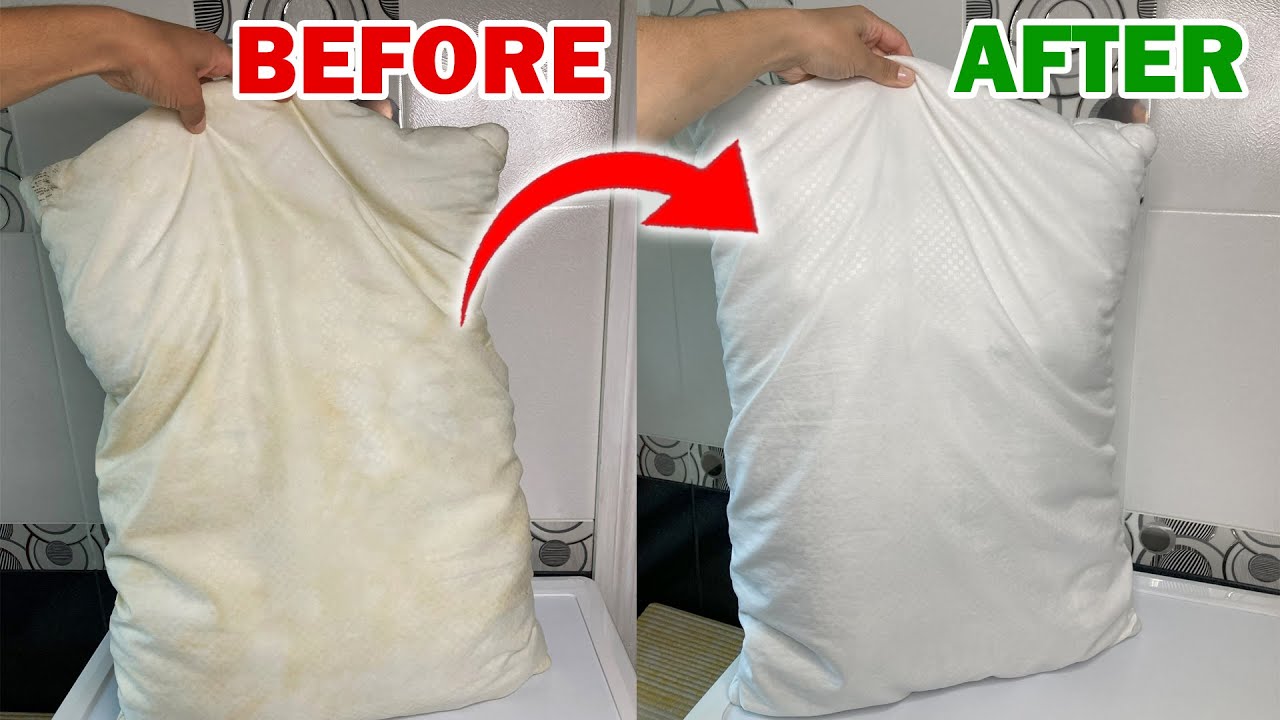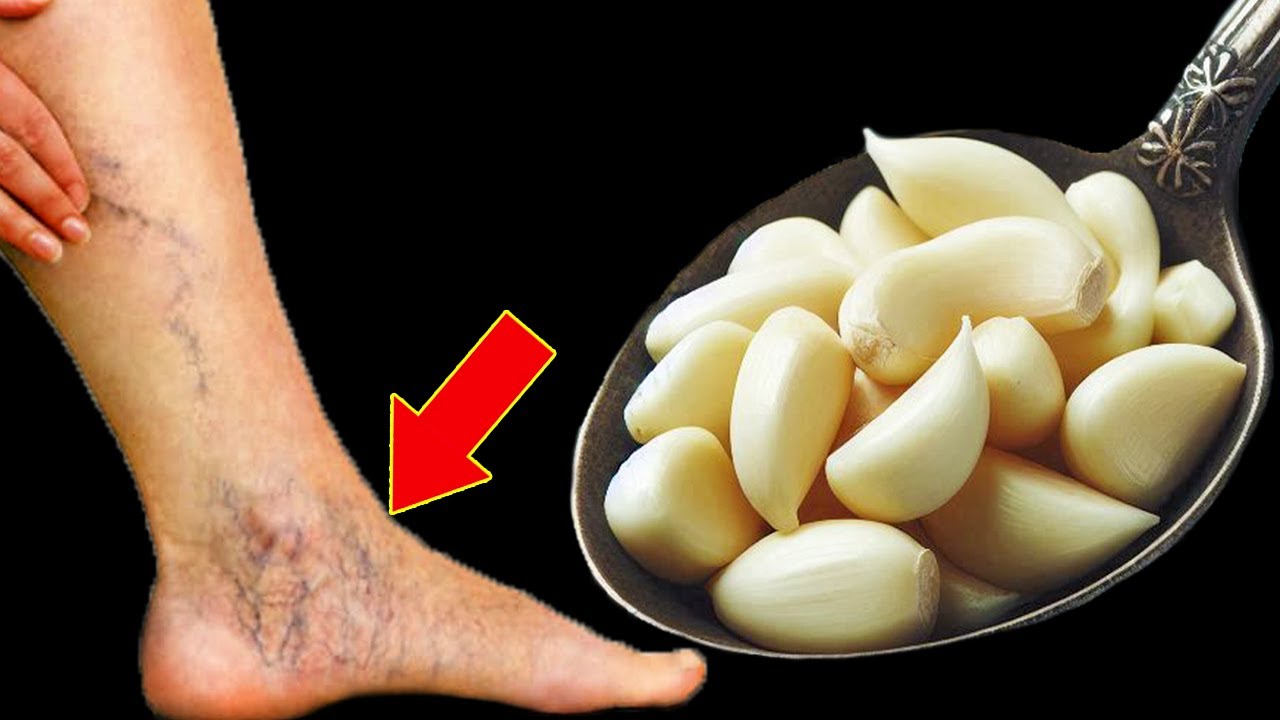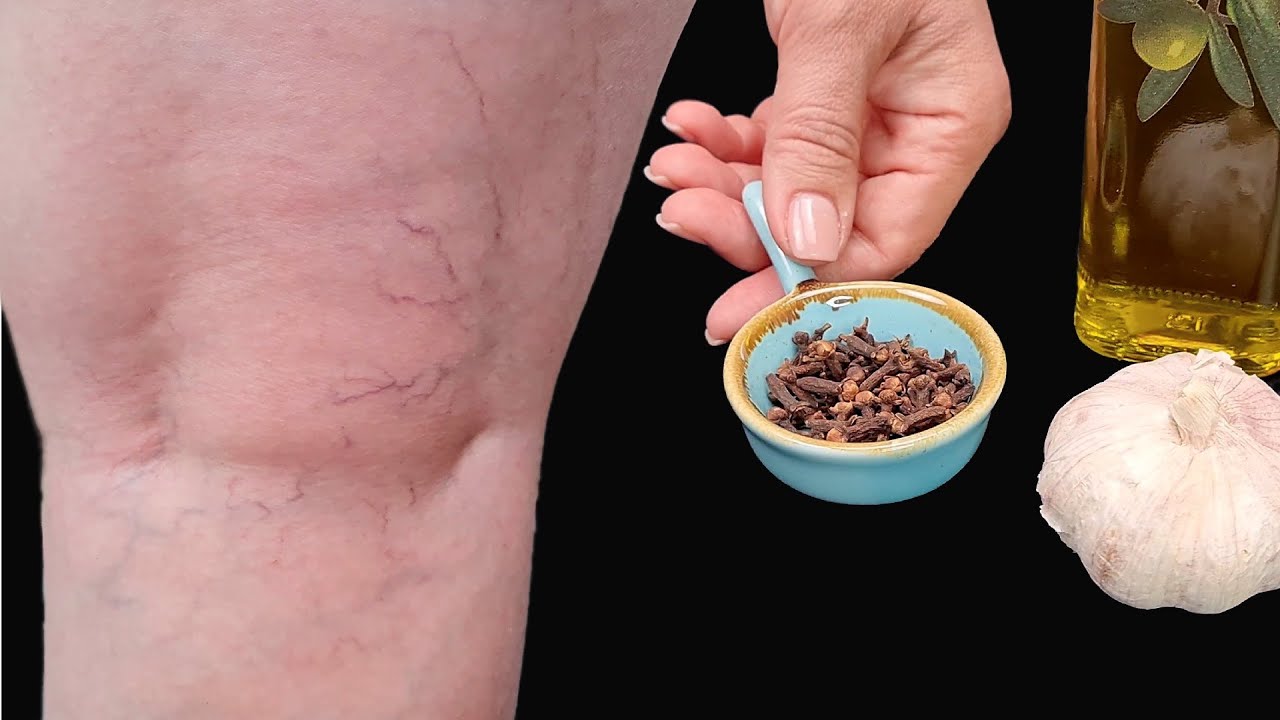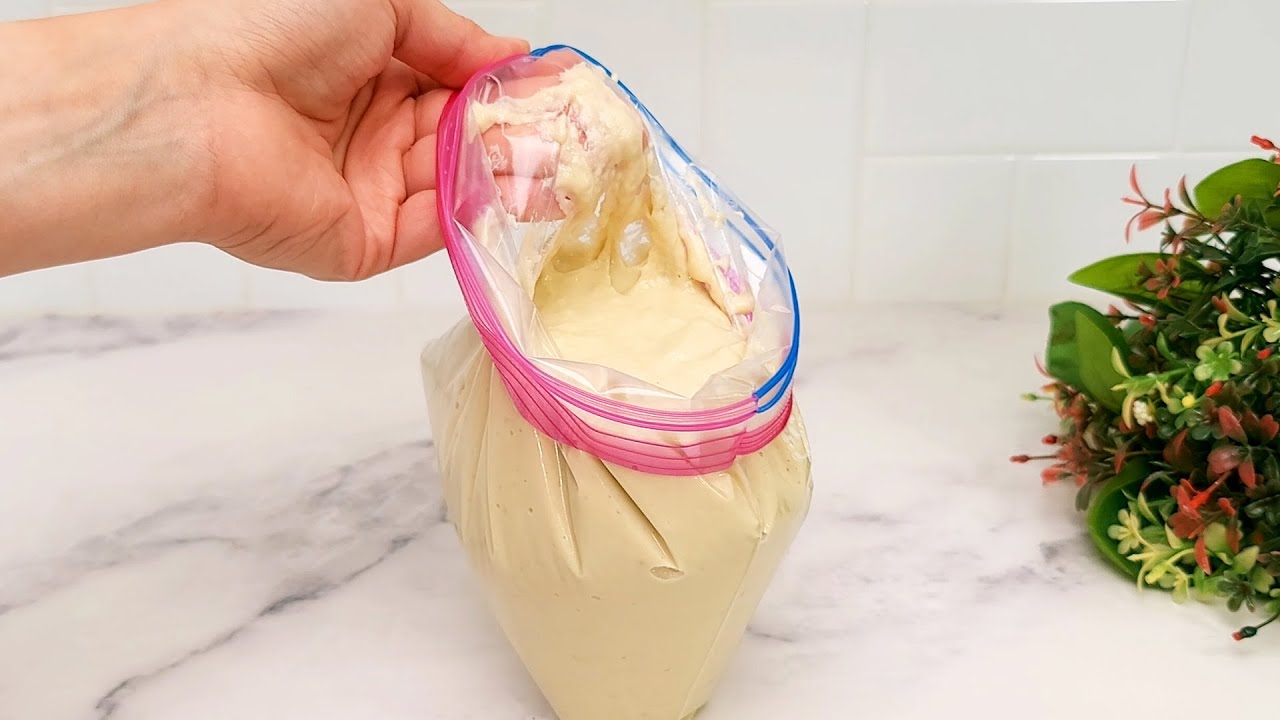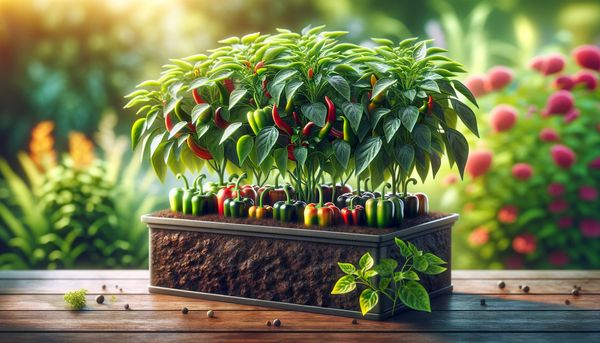
At a time when environmental awareness is at an all-time high, innovative approaches to sustainable gardening are gaining popularity. One such approach is growing peppers in plastic bottles. Not only does this method make good use of plastic scraps, but it also provides a practical solution for growing peppers in small spaces. In this post, we will explore how to grow peppers in plastic bottles and why it is an eco-friendly and practical option for home gardeners.
Finding New Uses for Plastic Water Bottles in the Garden
Every day, millions of plastic bottles end up in landfills and the ocean, contributing to the global problem of plastic pollution. One small but significant step we can take to reduce plastic waste is to repurpose these bottles as planters. Using throwaway bottles as pots for plants is not only eco-friendly but also a great way to recycle. This activity is a perfect example of upcycling, where previously used materials are given a new purpose.
Required Items
To start growing peppers in plastic bottles, you will need:
- Plastic Water Bottles: Ideally, find plastic water bottles with screw-on lids. One-liter bottles are suitable for dwarf pepper varieties, while two-liter bottles work best for larger pepper plants.
- Potting Mix: Choose a nutrient-rich, well-draining potting mix to ensure your plants thrive.
- Pepper Seeds or Seedlings: Purchase high-quality pepper seeds or seedlings from a reliable source. Consider your growing conditions and personal preferences when selecting a pepper variety.
- Sharp Scissors or Utility Knife: These will be required to cut and shape the plastic bottles.
- Watering Can or Spray Bottle: You will need a watering tool to ensure your plants receive the right amount of water.
- Fertilizer: Consider using a balanced liquid fertilizer to enrich the potting mix.
Methodical Instructions
Follow these steps to grow peppers in plastic bottles:
- Get the Bottles Ready: Remove the labels and tops of the plastic bottles. Rinse them thoroughly to eliminate any residues.
- Cut the Bottles: Using a utility knife or scissors, cut the bottles in half. The bottom part of the bottle will be used for growing peppers.
- Create Drainage Holes: Make several small holes in the base of the cut bottle using a sharp tool, such as a nail or drill. These holes will allow excess water to drain out and prevent root rot.
- Fill the Bottle: To avoid soil from escaping when watering, fill the lower half of the bottle with potting mix, leaving a few inches at the top.
- Plant the Peppers: Read the seed packet instructions and plant the pepper seeds or seedlings at the recommended depth and spacing. For seedlings, carefully insert the root ball into a small hole in the potting mix.
- Care Instructions: Water the peppers regularly, ensuring the soil is always moist but not soggy. Place the bottles in a sunny spot where the peppers can receive at least six hours of sunlight each day. Monitor for pests and diseases and take appropriate measures if necessary.
- Fertilize: Apply a balanced liquid fertilizer to the pepper plants every few weeks, or more often if required by the potting mix. As the plants mature, provide support with stakes or other suitable materials.
Why Peppers Grow Well in Plastic Water Bottles
Growing peppers in recycled plastic bottles offers several benefits:
- Positive Environmental Impact: By recycling plastic bottles for gardening, you contribute to reducing trash and making the world a better place.
- Space Efficiency: This method is ideal for limited-space gardens, such as those in urban areas. By arranging the bottles vertically, you maximize the use of available space.
- Controlled Environment: Plastic bottles create a controlled environment that helps retain moisture and regulate temperature, promoting healthy plant growth.
- Budget-Friendly: Plastic bottles are readily available and inexpensive, making this method budget-friendly.
- Educational Opportunity: Growing peppers in plastic bottles provides an excellent chance for educational institutions and communities to teach eco-friendly methods and plant development.
In Summary
Growing peppers in recycled plastic bottles embraces creativity and sustainability in plant care. This practice demonstrates the power of innovative yet straightforward solutions, promoting sustainable gardening, reducing plastic pollution, and inspiring a greener approach to gardening for future generations. Whether you are an experienced gardener or just starting out, growing peppers in plastic bottles can be an engaging and fruitful activity. Encourage your friends to join you in this greener way to garden!
